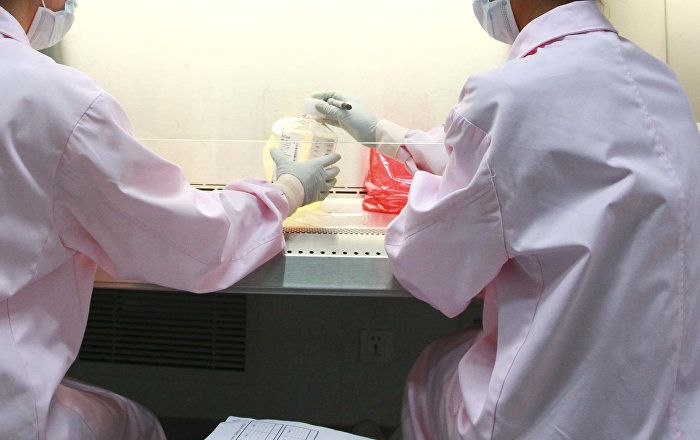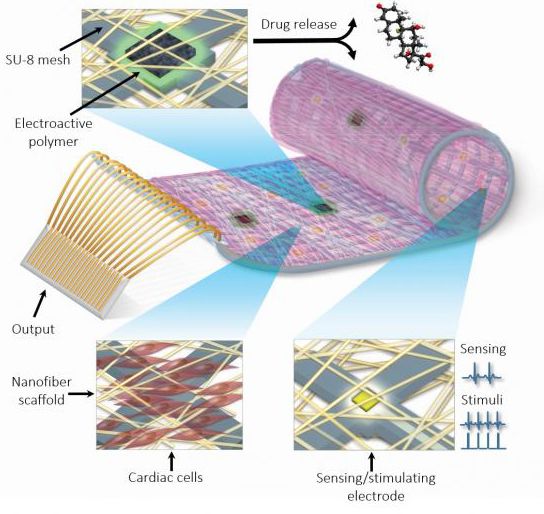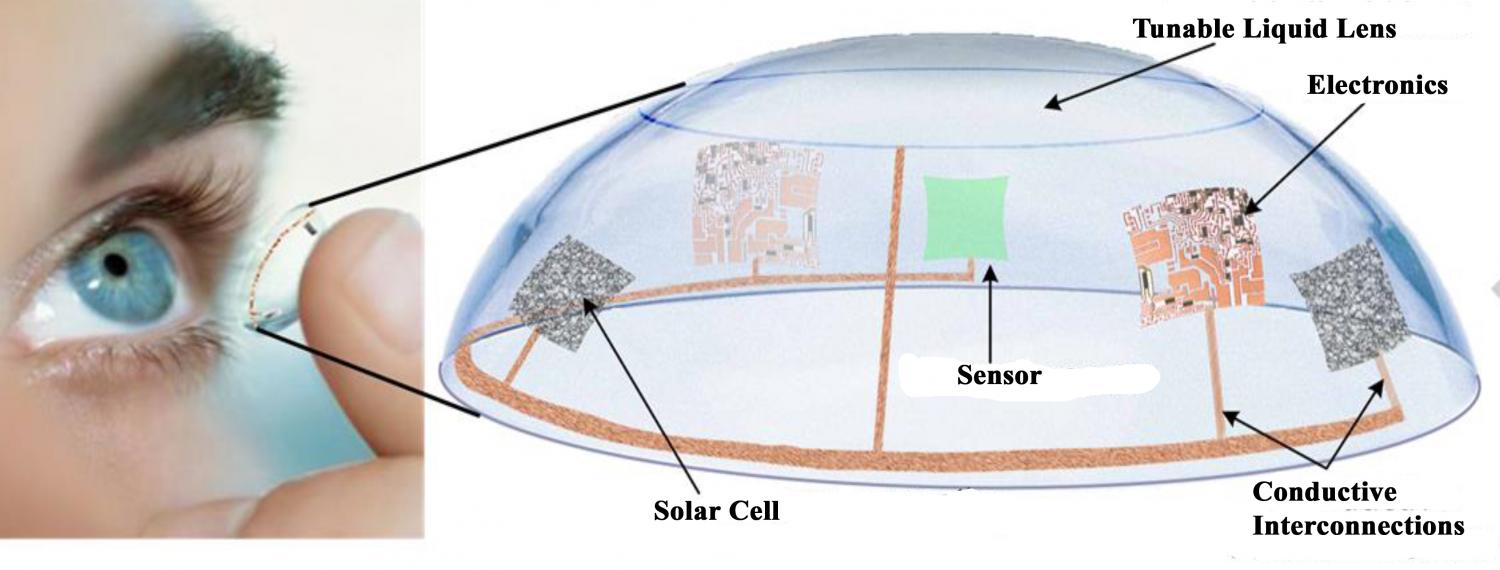Archive for the ‘biotech/medical’ category: Page 2579
Mar 17, 2016
Necrogenomics: Gathering DNA From the Dead to Improve the Lot of the Living
Posted by Karen Hurst in categories: biotech/medical, health
This one kind of gives me the heebie geebies.
DNA sequencing of the deceased could lead to a number of advances in health care. A group of scientists in Denmark have launched a proposal to create the world’s first national necrogenomic database.
The idea that dead men tell no tales is about to be seriously put to shame, should a newly suggested DNA registry in Denmark become reality.
Continue reading “Necrogenomics: Gathering DNA From the Dead to Improve the Lot of the Living” »
Mar 17, 2016
Grow Me a Liver: Mini-Version of Human Body Part Created in Japan
Posted by Dan Kummer in category: biotech/medical
A team of Yokohama City University biologists has successfully created a tiny liver that functions as efficiently as a human one, NHK reported on Thursday.
Mar 16, 2016
Cyborg Heart Patch Replaces Dead Cardiac Tissue with Combination of Healthy Cells, Electronics
Posted by Karen Hurst in categories: biotech/medical, cyborgs, electronics, health
Scientists at Tel Aviv University in Israel have developed a “cyborg heart patch” for replacing injured cardiac tissue. There has been considerable research on creating scaffolds seeded with cardiac cells, but simply delivering a bunch of cells in a neat package produces underwhelming results. The new patch developed at TAU integrates electronics alongside the cellular scaffold to both monitor and influence the activity of the cells.
The device can record intercellular electrical activity and deliver pulses to make the cardiomyocytes contract to a defined beat. Additionally, the researchers demonstrated that the electrodes within the patch can be covered with drugs to provide controlled release of medication right to the nearby heart cells.
This is certainly an impressive achievement that may herald a truly therapeutic approach for treating cardiac infarcts and other conditions of the heart.
Mar 16, 2016
Light Activated Bio-Bots Powered by Live Muscle Cells (VIDEO)
Posted by Karen Hurst in categories: 3D printing, biotech/medical, genetics, robotics/AI
March 16th, 2016 ![]() Editors Nanomedicine
Editors Nanomedicine
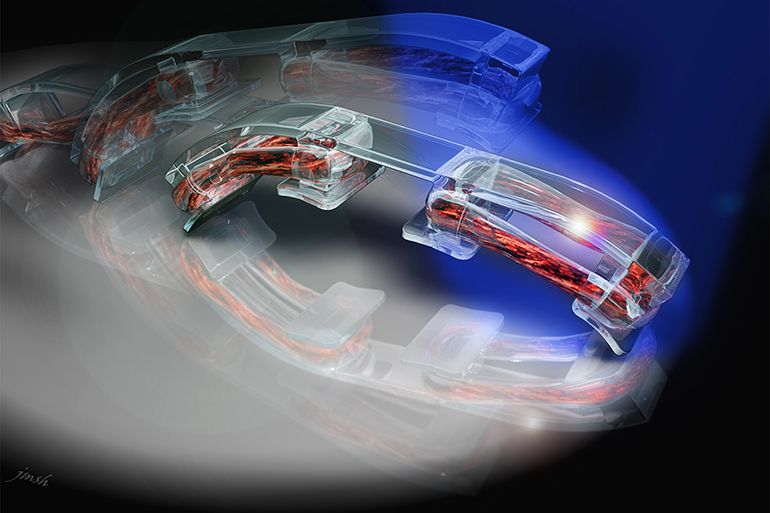 Biologically powered robots may one day be used to perform surgical procedures, deliver drugs, and maybe to even make humanoid overlords for us mortals. A big step toward that was taken by researchers at University of Illinois at Urbana-Champaign who used light-activated muscle cells as the power source to make tiny bio-bots.
Biologically powered robots may one day be used to perform surgical procedures, deliver drugs, and maybe to even make humanoid overlords for us mortals. A big step toward that was taken by researchers at University of Illinois at Urbana-Champaign who used light-activated muscle cells as the power source to make tiny bio-bots.
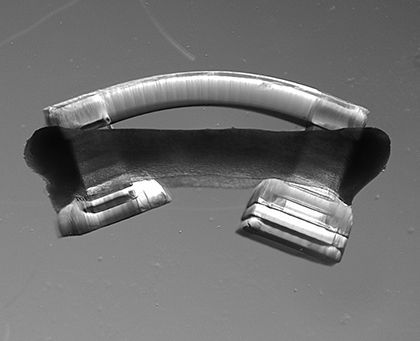
The optogenetic technique published in Proceedings of the National Academy of Sciences relies on genetically engineered mouse muscle cells that were made to contract in response to blue light. Rings of these cells were placed around a 3D printed flexible rods of different lengths between two and seven millimeters. When light was illuminated over the mechanism, the biobots contracted and walked in a certain direction. Various lengths and configurations were tried to achieve the best walking results. Moreover, the researchers were able to change the direction of the walking bio-bot.
Continue reading “Light Activated Bio-Bots Powered by Live Muscle Cells (VIDEO)” »
Mar 16, 2016
The power to heal: tiny generator could repair damaged brains, and give soldiers an edge
Posted by Karen Hurst in categories: biotech/medical, computing, materials, nanotechnology, neuroscience
Chinese scientists have developed a nano-sized electric generator that can disappear without a trace inside the human body over time, a breakthrough they claim will bring biodegradable implants on microchips closer to reality.
The technology, reported on the latest issue of Science Advances journal, will have a wide range of applications as it can generate electric pulses to repair damaged neurons and power “brain chip” implants for soldiers in the future, pundits said.
At present, most implants must be surgically removed at the end of their lifespan. To address this issue, a number of small electric devices made from biodegradable materials that can absorbed by the human body after use have been developed around the world.
Rethinking of cytotoxic/immunosuppressive chemotherapy mixing with immune-based therapeutics.
Investors’ Soapbox PM
Cancer therapy may see major shift.
Mar 15, 2016
This Sweet, Sweet Treat May Protect The Brain Against Alzheimer’s
Posted by Karen Hurst in categories: biotech/medical, food, neuroscience
Eat plenty of “real” pure Maple Syrup from VT or Maine; and reduce Alzheimers.
Alzheimer’s prevention may be closer — and tastier.
Mar 15, 2016
Fish and insects guide design for future contact lenses
Posted by Klaus Baldauf in categories: bioengineering, biotech/medical, electronics, information science, materials
Making the most of the low light in the muddy rivers where it swims, the elephant nose fish survives by being able to spot predators amongst the muck with a uniquely shaped retina, the part of the eye that captures light. In a new study, researchers looked to the fish’s retinal structure to inform the design of a contact lens that can adjust its focus.
Imagine a contact lens that autofocuses within milliseconds. That could be life-changing for people with presbyopia, a stiffening of the eye’s lens that makes it difficult to focus on close objects. Presbyopia affects more than 1 billion people worldwide, half of whom do not have adequate correction, said the project’s leader, Hongrui Jiang, Ph.D., of the University of Wisconsin, Madison. And while glasses, conventional contact lenses and surgery provide some improvement, these options all involve the loss of contrast and sensitivity, as well as difficulty with night vision. Jiang’s idea is to design contacts that continuously adjust in concert with one’s own cornea and lens to recapture a person’s youthful vision.
The project, for which Jiang received a 2011 NIH Director’s New Innovator Award (an initiative of the NIH Common Fund) funded by the National Eye Institute, requires overcoming several engineering challenges. They include designing the lens, algorithm-driven sensors, and miniature electronic circuits that adjust the shape of the lens, plus creating a power source — all embedded within a soft, flexible material that fits over the eye.
Mar 15, 2016
‘Cyborg heart patch’ combines electronics and living tissue
Posted by Shailesh Prasad in categories: biotech/medical, computing, cyborgs, electronics, neuroscience, transhumanism
One of the latest inventions out of Tel Aviv University can patch up broken hearts. We’re talking about the real organs here, especially those damaged by myocardial infarction or heart attack. A team from the Israeli university created a “cyborg heart patch” that combines both living tissue and electronic components to replace the damaged parts of the organ. “It’s very science fiction, but it’s already here,” says one of its creators, Prof. Tal Dvir. “[W]e expect it to move cardiac research forward in a big way.” The patch can contract and expand like real heart tissue can, but it can do much, much more than that.
The electronic components allow doctors to remotely monitor their patients’ condition from afar. A physician could log into a computer and see if the implant is working as intended. If he senses that something’s amiss, he could release drugs to, say, regulate inflammation or fix the lack of oxygen. That sounds dangerous to us, since computers can be hacked. But the researchers are aiming to develop the patch further so it can regulate itself with no human intervention.
Dvir warns that the “practical realization of the technology may take some time.” For now, those suffering from cardiovascular diseases will have to rely on current treatment methods. The team is still in the midst of refining their cyborg heart patch. Plus, they’re looking at how to create bionic brain and spinal cord tissues using what they’ve learned so far to treat neurological conditions.
Continue reading “‘Cyborg heart patch’ combines electronics and living tissue” »


